Nikon Coolpix P90 Review
Nikon Coolpix P90
It’s Nikon’s first proper bridge camera this year, so can the P90 outgun its competitors?
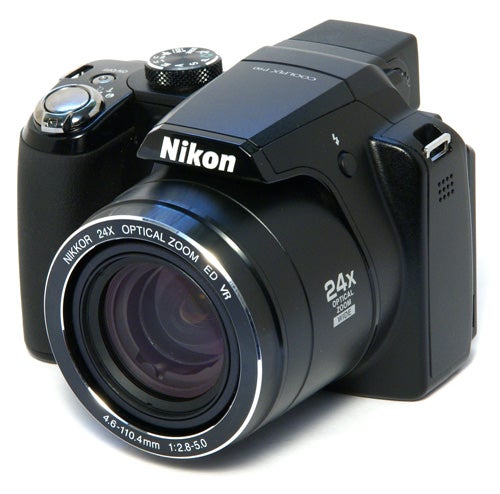
Verdict
Key Specifications
- Review Price: £330.00
”Apologies for the lower-than-usual quality of the product shots in this review, but my flash gun appears to have passed away. Normal service will be resulmed as soon as possible.”
Super-zoom bridge cameras have been getting a lot bigger recently. We’ve already taken a look at the Canon PowerShot SX10 IS (£300) and SX1 IS (£450), with their 20x zoom lenses, and the Olympus SP-590UZ (£275) with its massive but slightly impractical 26x zoom. I’ll be reviewing the 20x zoom Casio EX-FS20 later this week, but today it’s the turn of Nikon’s variation on the theme, the 24x zoom, 12.1-megapixel Coolpix P90. It’s Nikon’s first full-size super-zoom since last year’s Coolpix P80, and although it bears a superficial resemblance to that model, the P90 has a new body and a much better specification. It doesn’t come cheap though; the P90 is currently selling for around £330.
At least you get a great-looking camera for your money. The P90 is the classic super-zoom shape, with a large rubber-coated handgrip, a large aluminium lens barrel and a prominent viewfinder turret with a pop-up flash. The lines of the body are clean and elegant, and the camera is very nicely proportioned. The build quality is up to Nikon’s customary high standard, and although the body is made of plastic it feels strong and well made. It is, of course, only available in black.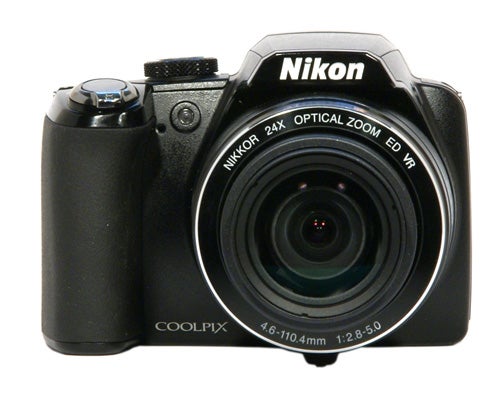
The P90 is a large camera even by super-zoom standards, measuring 114 x 83 x 99 mm (W x H x D), although at only 490g including its 1100mAh Li-ion battery it’s a lot lighter than the 4xAA-powered rivals from Olympus, Casio and Canon. The size and lightness make the camera very pleasant to handle, and the large handgrip and rubberised thumbgrip make it comfortable and secure to hold. The camera has a wide range of external controls, but they are well positioned to fall under the thumb and forefinger and are clearly labelled in white on black.
The most important element of a super-zoom camera is of course the lens. The P90 is equipped with a 24x zoom Nikkor lens equivalent to 26-624mm, with a maximum aperture of f/2.8-5.0. This is a close match to the 26x zoom 26-676mm f2.8-5.0 lens of the Olympus SP-590UZ. F/2.8 might sound fast, but remember that the P90 and SP-590UZ also both have small 1/2.3-inch sensors, which has an effect on relative aperture size. The P90 has sensor-shift image stabilisation to offset the inevitable camera shake problems associated with such a long focal length, and it does work very well, but even so the maximum zoom setting is frankly too long for reliable hand-held use, and like the SP-590UZ the P90 really needs to be mounted on a tripod for optimum performance.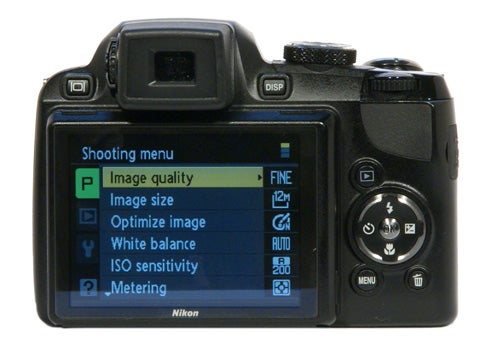
Apart from the big lens, the P90’s other most obvious feature is its three-inch tilting monitor. The screen can be tilted between 45 degrees downward and 90 degrees upward, for overhead or waist-level shooting. It’s also very helpful if you have the camera mounted on a tripod. The screen is nice and sharp with a resolution of 230k dots, and has a good anti-reflective coating and five-level adjustable brightness. It works well outdoors in bright daylight, just to be sure but the camera also has a decent electronic viewfinder. It too has 230k dot resolution, and is larger and sharper than most of its rivals, with a nice clear data display. The viewfinder has a rather stiff rubberised surround and dioptre adjustment for glasses wearers.
The P90 is a proper bridge camera, with a wide range of manual control options, including aperture and shutter priority and full manual exposure. It has an SLR-style input wheel for exposure adjustment, and on-screen match-needle metering for accurate exposure. Aperture values from the maximum to f/8.0 and shutter speeds from eight seconds to 1/2000th of a second can be selected in 1/3EV increments. The input wheel can also be used to bias exposure in program auto mode, useful for quickly altering depth of field or shutter speed while maintaining accurate exposure.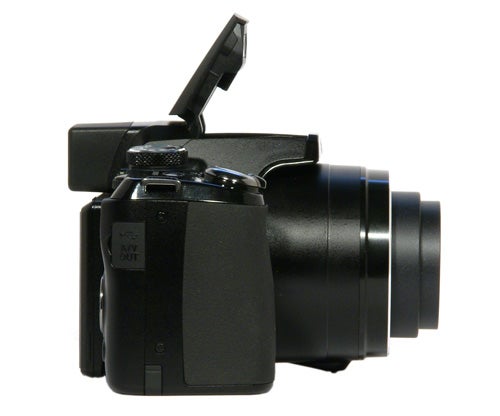
Although in program auto and manual modes the P90 is a complex enthusiast’s camera it does have an auto mode which is completely idiot-proof, with only two menu options available, for image size and quality.
I’m becoming quite fond of Nikon’s camera menu interface. It’s a model of simplicity, works quickly and intuitively, and appears to be adaptable for almost any camera, from simple point-and-click compacts to a sophisticated multi-mode camera like the P90. The three-page shooting menu includes all the usual options such as image size and quality, white balance, ISO setting, metering mode and AF mode, but also includes flash exposure compensation, auto bracketing, lens distortion correction and active D-Lighting to help with shadow detail. Noise reduction can be switched between On or Auto, and colour adjustments include a wide range of pre-sets as well as adjustable saturation, sharpness and contrast. Two preferred set-ups can be saved as user pre-sets and instantly accessed via the main mode dial.
There are also several features available in playback mode, including post-processed D-lighting, automatic quick retouch, rotating, resizing and an option to add a black border around images.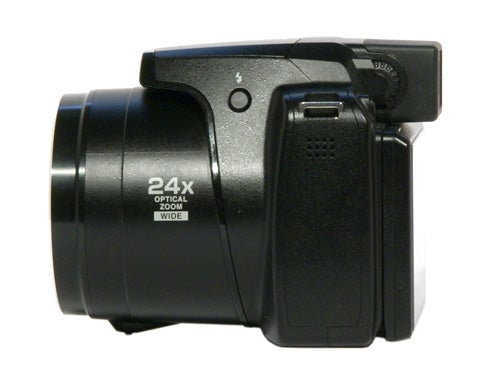
Unlike some of its rivals which can shoot HD video, the P90 only has a 30fps VGA video mode with mono audio and no optical zoom while shooting. However it does offer a couple of unusual features, including sepia and monochrome movies and an automatic time-lapse mode that shoots pictures at intervals and then turns them into 30fps movie clips, ideal for budding animators or shooting speeded-up scenes of flowers opening or mouse corpses being eaten by ants.
The P90 is a large and complex camera, but it can still manage some impressive performance figures. The start-up time is impressive at approximately two and a half seconds, and shut down time is even quicker at well under two seconds. In single-shot mode at maximum image quality the shot-to-shot time is an impressive 1.9 seconds, while in continuous shooting mode it can manage an even more impressive 1.5 frames per second, and keep it up for approximately 17 shots. There is also a 5fps sports continuous mode with pre-record, but it is restricted to three megapixels.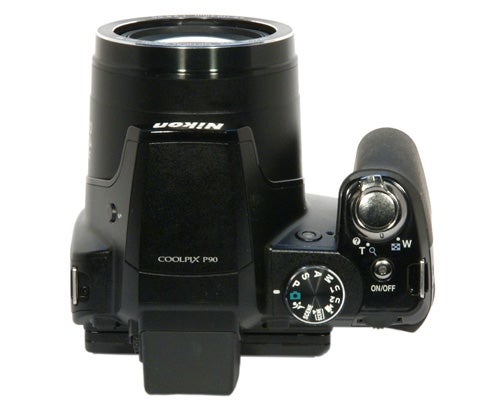
The P90 has a very good autofocus system, with auto wide-area, centre-spot, moveable area and face detection. It’s fast and reliable in good light, and doesn’t slow down much in darker conditions. It will focus well in quite low light even when zoomed in, but the AF assist lamp is a bit anaemic and only has a useful range of about 1.5m, which restricts its use in very dark conditions, but then this isn’t the sort of camera you’ll want to take to a nightclub. The pop-up flash is exceptionally bright with excellent frame coverage and a nice fast recharge time. It has a maximum range of eight metres in auto ISO mode, which is pretty good by any standard.
In terms of image quality the P90 is much better than I expected, even considering its impressive performance so far. A lot of the credit must go to the lens, which has superb edge-to-edge sharpness and produces a lot of fine detail. It suffers from very little distortion at either end of the zoom range; nonetheless the P90 has software distortion control to correct it. There is a little chromatic aberration at the far end of the telephoto range, but it’s no worse than I’ve seen from other super-zooms, and even a few DSLR lenses.
Exposure metering and colour reproduction are excellent. The P90 is the sort of camera that encourages experimentation, and is versatile enough to turn in good results even under some difficult circumstances, such as strong backlighting. The D-Lighting feature, applied either before or after the shot is taken, does help a lot with shadow detail, and high-ISO image quality is also better than one might expect from a small overcrowded sensor, with good image quality at 400 ISO, and usable pictures at 800.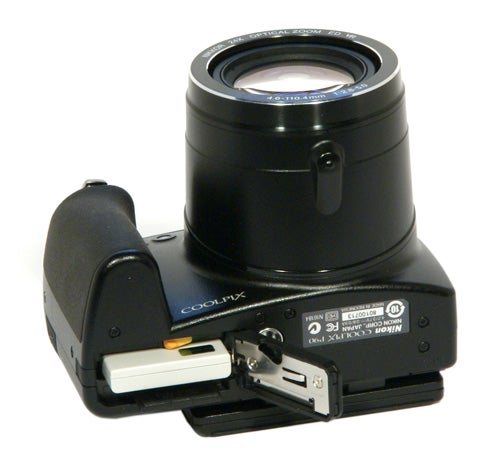
The only things I would add to the P90’s specification are a larger 1/1.6-inch sensor and the option for RAW mode shooting. With these features the P90 would be the versatile high-end bridge camera that Nikon’s range lacks, but even as it stands it is unquestionably one of the best super-zoom cameras currently available.
”’Verdict”’
The Nikon Coolpix P90 is a superb camera, certainly one of the best super-zoom bridge cameras on the market, with plenty to appeal to the enthusiast while still retaining some ease of use for the novice. It is attractively and sensibly designed, extremely well made, performs well and produces excellent image quality. It may be relatively expensive, but you certainly get a lot for your money.

”Over the next few pages we show a range of test shots. On this page the full size image at the minimum and maximum ISO settings have been reduced to let you see the full image, and a series of full resolution crops have taken from original images at a range of ISO settings to show the overall image quality. These ISO test images are shot indoors using reflected natural light for maximum consistency. ”
—-
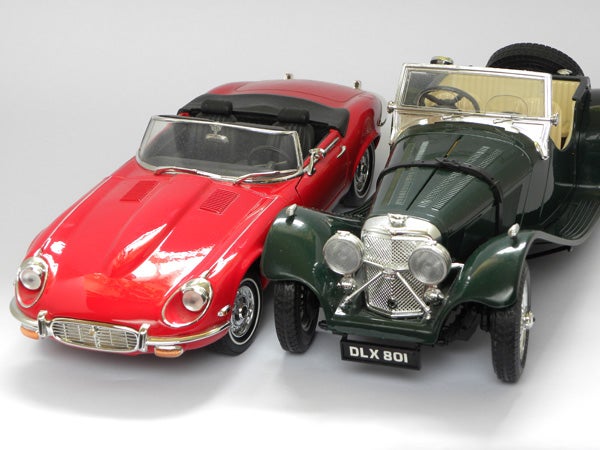
This is the full frame at 64 ISO.
—-
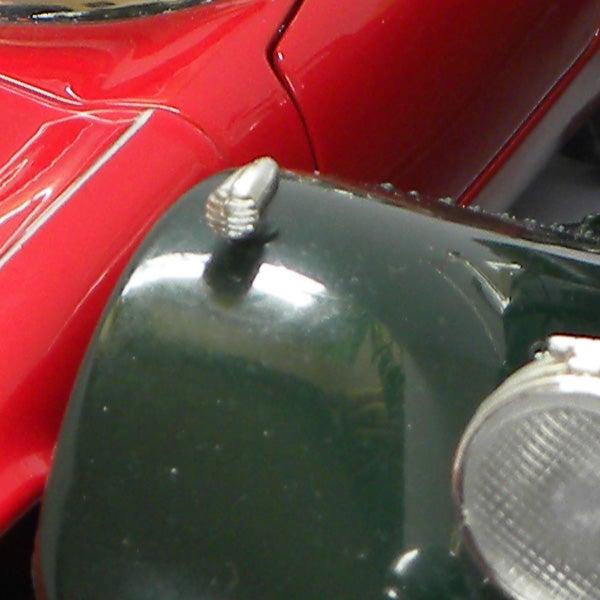
At 64 ISO the image is clean and sharp, although there is some noise visible in the darker red area.
—-
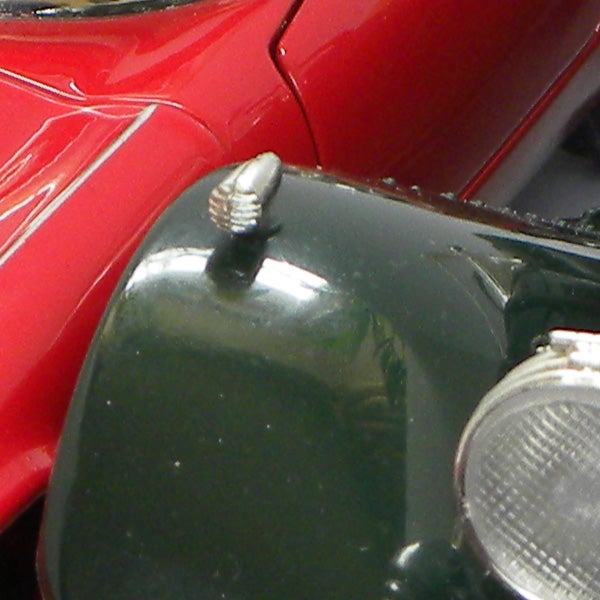
There is a little colour mottling in the green area at 100 ISO, but it’s not enough to worry about.
—-
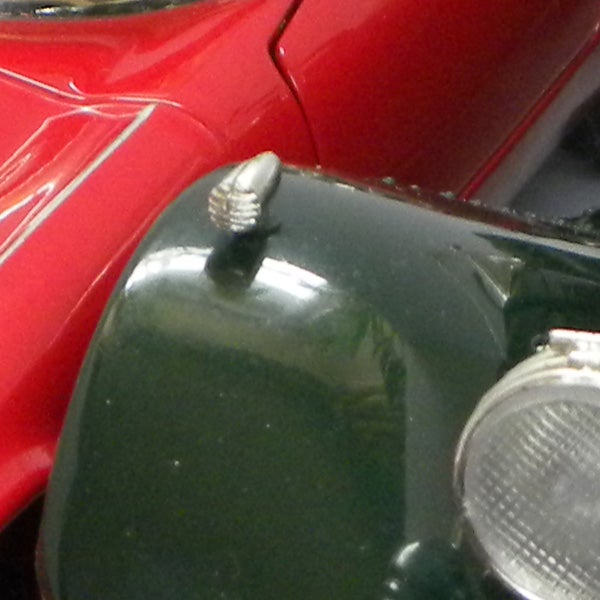
Better results at 200 at the noise reduction kicks in.
—-
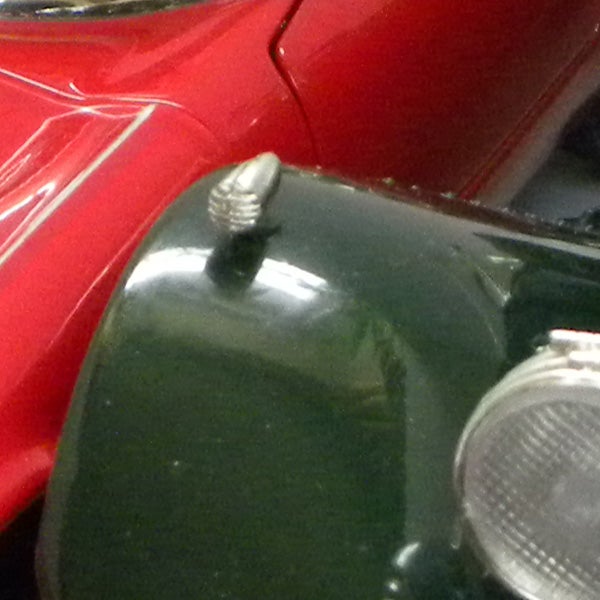
There is some loss of fine detail at 400 ISO, but image quality is still good.
—-
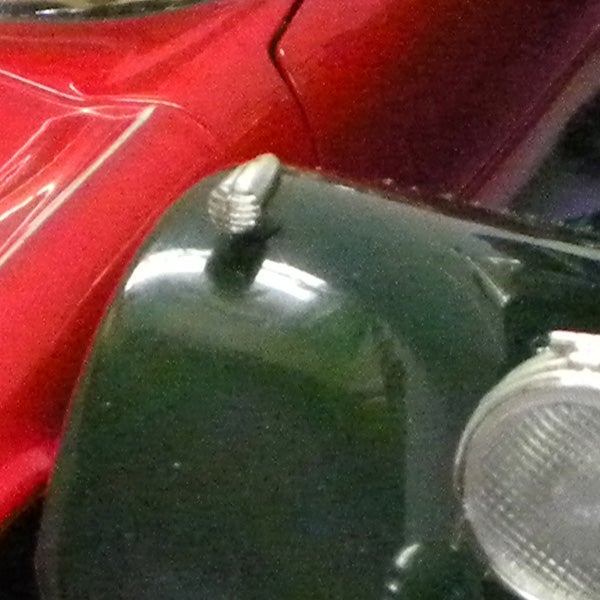
Colour is starting to break up at 800 ISO, but the image is printable.
—-
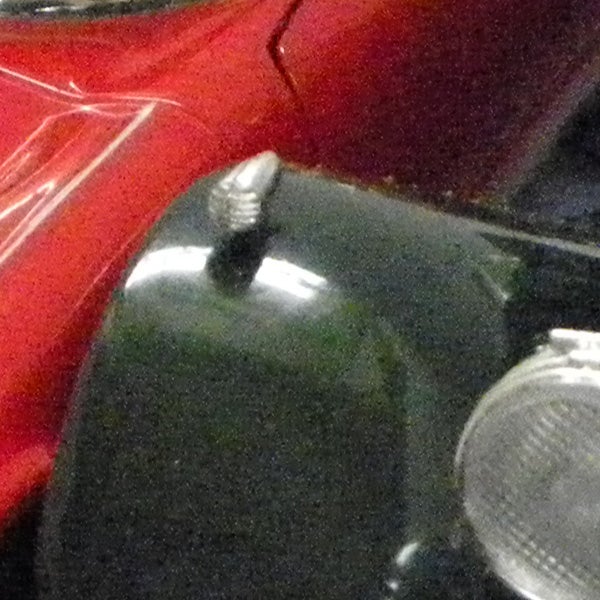
Quite a lot of noise at 1600 ISO, and not much fine detail is left.
—-
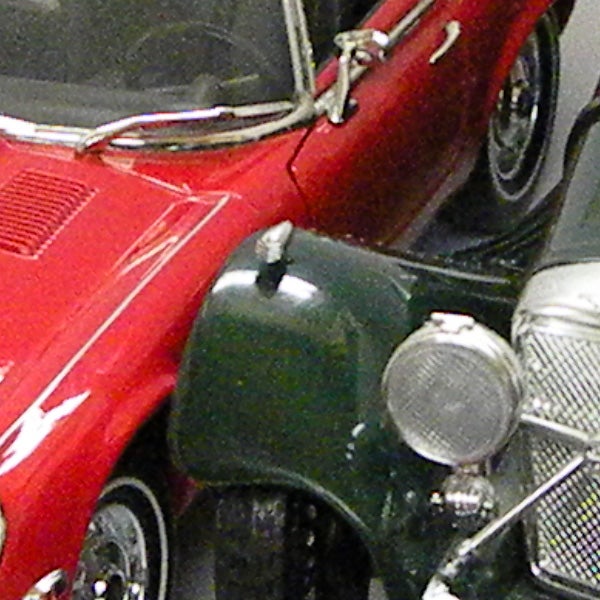
3200 ISO is available at 3MP, but image quality is poor.
—-
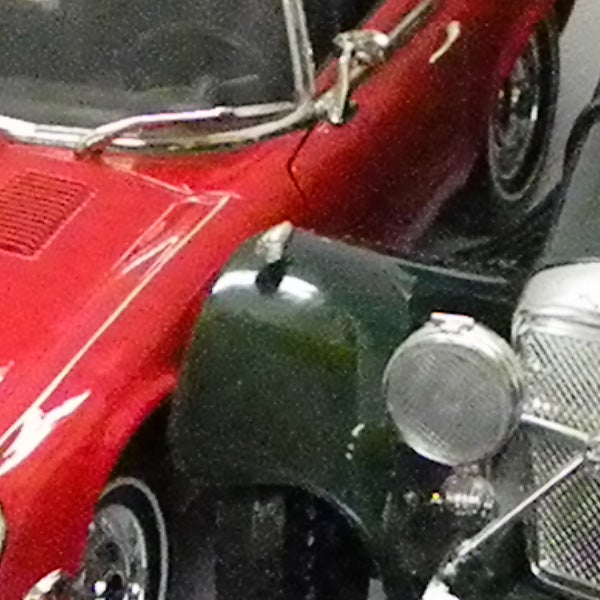
It’s worse still at 6400 ISO.
—-
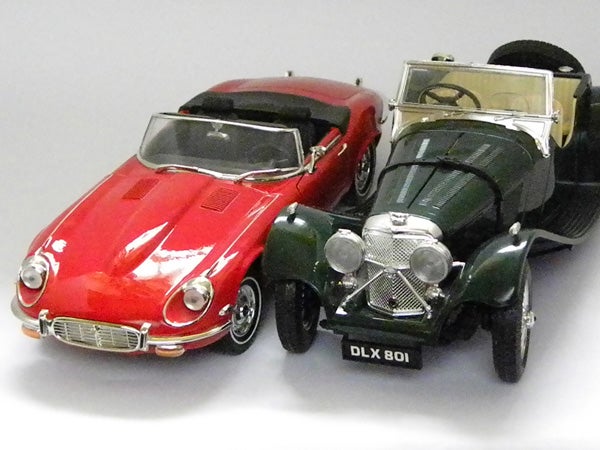
This is the full frame at 6400 ISO.
—-
”A range of general test shots are shown over the next two pages. In some cases, the full size image has been reduced for bandwidth purposes, and a crop taken from the original full resolution image has been placed below it to show the overall image quality. Some other pictures may be clicked to view the original full-size image. ”
—-
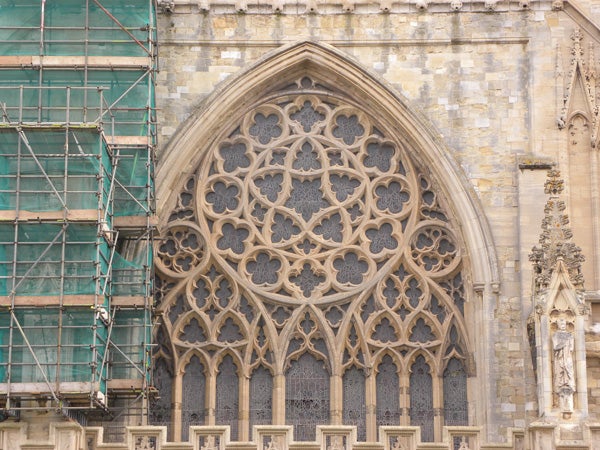
Here’s the usual detail test shot of the West Window of Exeter Cathedral, for you to compare with other cameras. See below for a full res crop, or click to see the whole picture.
—-
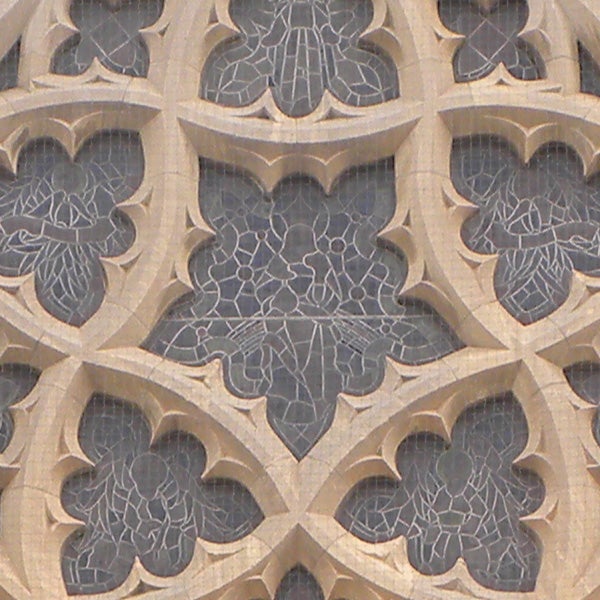
The high quality lens captures a lot of fine detail even on a slightly hazy overcast day.
—-
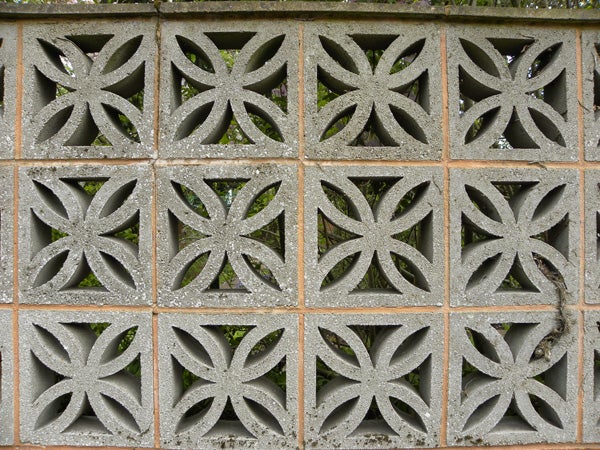
With distortion control turned off the lens does produce some barrel distortion at wide angle.
—-
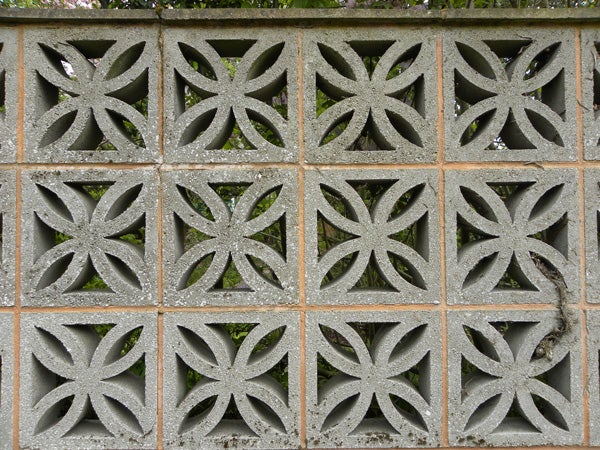
The same shot with distortion control turned on.
—-
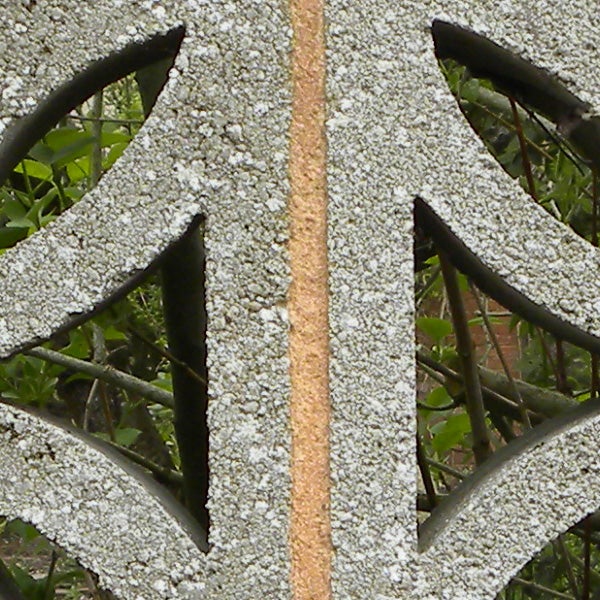
Centre sharpenss is excellent.
—-
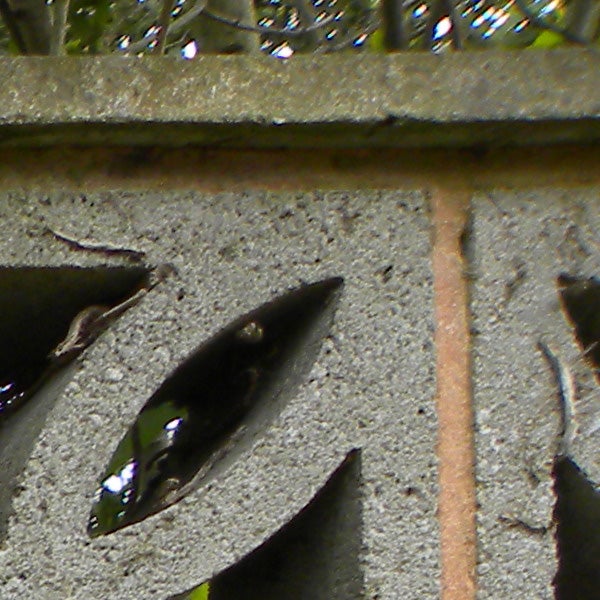
Corner sharpness is also very good.
—-
”Here are some general test shots to help evaluate the camera’s overall image quality, including dynamic range, colour rendition and the zoom range of the lens. Some pictures may be clicked to download the full size original image. ”
—-
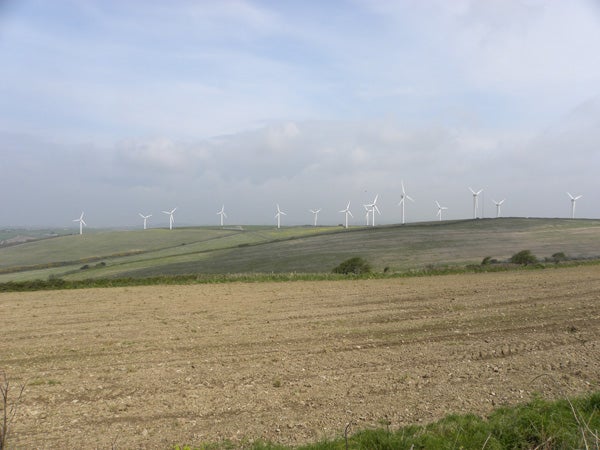
The 26mm wide angle is ideal for wide landscape shots.
—-
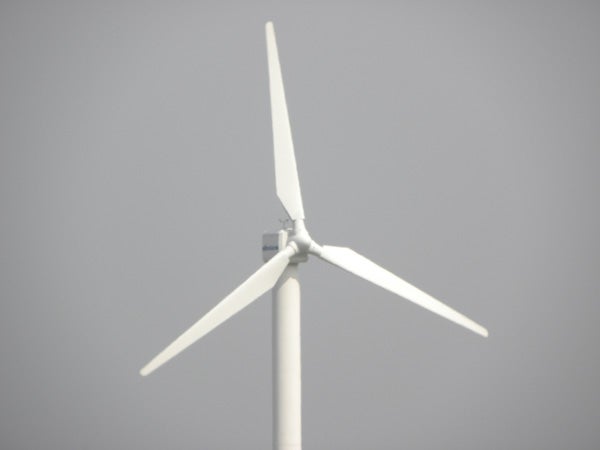
At full zoom the image stabilisation can’t quite cope with hand-held shooting.
—-
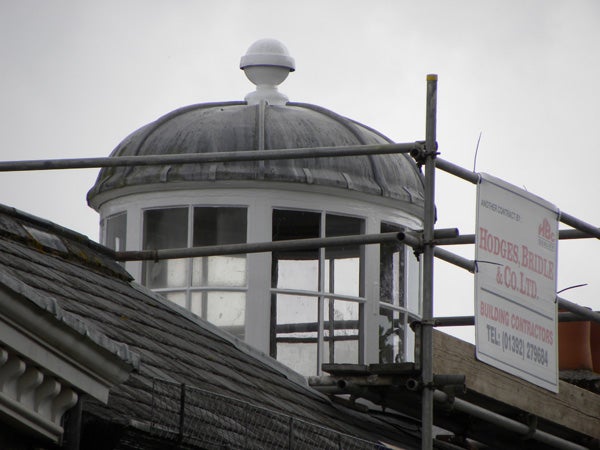
Mounting the camera on a tripod gets the best out of the lens at full zoom.
—-
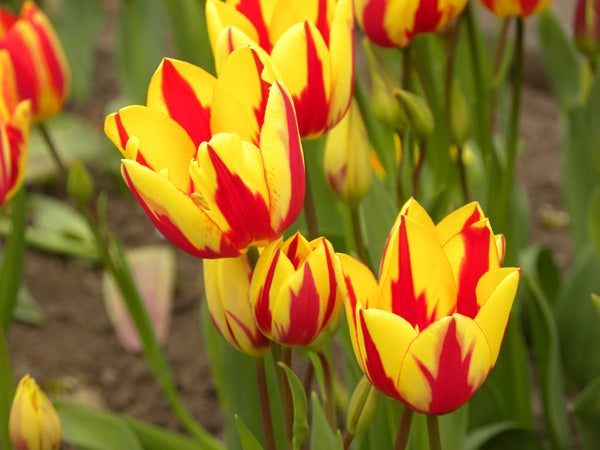

Colour reproduction is excellent.
—-
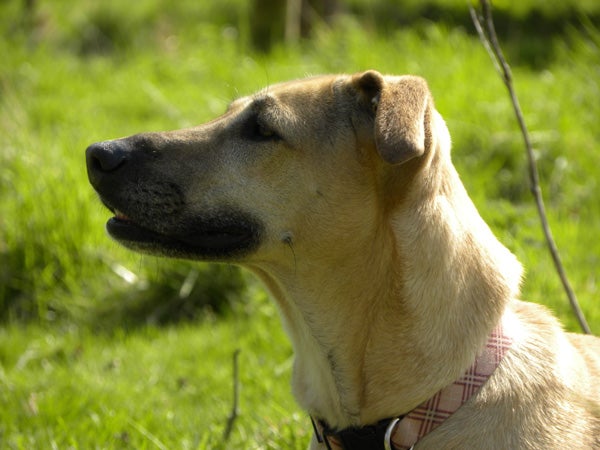
Zooming in a little is great for portrait shots.
—-

The exposure system copes well with unusual lighting.
—-
Trusted Score
Score in detail
-
Value 7
-
Image Quality 9
-
Build Quality 9
Features
| Camera type | Super Zoom |
| Megapixels (Megapixel) | 12.1 Megapixel |
| Optical Zoom (Times) | 24x |
| Image Sensor | CCD |
| Image Stabilisation | Optical |
| LCD Monitor | 3 in |
| Flash modes | Auto Flash, Flash OFF, Flash ON, Red-eye Reduction |
| Video (max res/format) | 640 x 480 |
| Memory card slot | Secure Digital (SD) Card, Secure Digital High Capacity (SDHC) Card, MultiMediaCard (MMC) |

